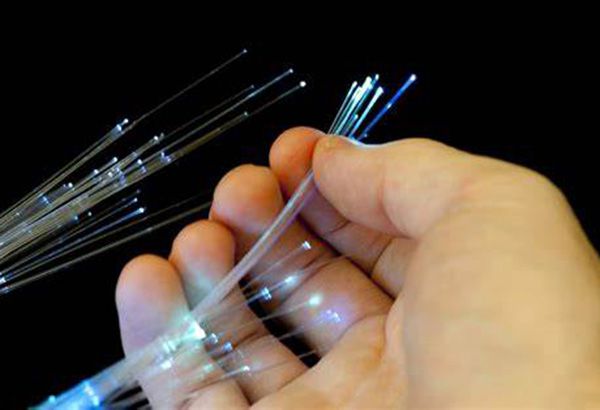In the realm of modern telecommunications and data transmission, optical fiber cables reign supreme, offering unparalleled speed, reliability, and efficiency. As businesses and individuals strive to stay connected in a fast-paced world, understanding the nuances of optical fiber cables becomes essential. In this comprehensive guide, we will explore the diverse landscape of optical fiber technology, from the various types of cables available to the intricate process of installation and the critical specifications that define their performance. Let's embark on a journey to unravel the mysteries of optical fiber cables and shed light on their importance in today's interconnected world.
Optical Fiber Cable Types: Exploring the Diversity
When it comes to optical fiber cables, diversity is key. Understanding the different types of cables available is crucial for selecting the right option to meet specific communication needs. Let's delve into the two primary categories of optical fiber cables:
Single-mode Fiber Optic Cable: The Beacon of Long-Distance Communication
Single-mode fiber optic cables are the go-to choice for long-distance communication networks. Featuring a small core diameter of around 9 microns, these cables excel at transmitting data over vast distances with minimal signal loss. Ideal for applications such as telecommunication networks, high-speed internet connections, and backbone infrastructure, single-mode fiber optic cables are synonymous with reliability and efficiency.

Multimode Fiber Optic Cable: Versatility Redefined
On the other end of the spectrum, we have multimode fiber optic cables, known for their larger core diameter ranging from 50 to 62.5 microns. These cables cater to shorter distance transmissions within buildings, campuses, and local area networks (LANs). With the ability to transmit multiple modes of light simultaneously, multimode fibers offer versatility and cost-effectiveness, making them a popular choice for various short-reach applications.
Fiber Optic Cable Installation: The Backbone of Connectivity
Installing fiber optic cables requires precision, expertise, and attention to detail to ensure optimal performance. Here are the essential steps involved in the installation process:
Planning and Design: Conducting a thorough site survey to determine cable routes, accessibility, and potential obstacles.
Preparation: Preparing the cable pathways and ensuring proper handling to prevent damage.
Cable Pulling: Carefully pulling the cables through designated pathways without causing excessive tension or bending.
Splicing and Termination: Joining fiber optic cables using fusion splicing or mechanical connectors and connecting fibers to network equipment.
Testing and Verification: Conducting rigorous testing to verify signal integrity and compliance with industry standards.
Fiber Optic Cable Specifications: Decoding the Key Elements
To make informed decisions about optical fiber cables, understanding their specifications is paramount. Here are some critical specifications to consider:
Core Diameter: Determines the amount of light that can be transmitted through the cable.

Attenuation: Measures signal loss as light travels through the cable.
Bandwidth: Influences the data-carrying capacity of the cable.
Operating Wavelength: Specifies the wavelength at which the cable operates, affecting compatibility with network components.
Single-mode Fiber Optic Cable: Powering Long-Distance Connectivity
Single-mode fiber optic cables are the backbone of long-distance communication, offering unparalleled reliability and efficiency. With precise alignment requirements during installation, these cables are well-suited for high-speed data transmission over extended distances.
Multimode Fiber Optic Cable: Embracing Versatility in Connectivity
Multimode fiber optic cables cater to a wide range of short-distance applications, providing versatility and cost-effectiveness. With their larger core diameter and ability to transmit multiple modes of light, these cables are ideal for environments where flexibility is paramount.
Conclusion: Navigating the World of Optical Fiber Cables
As the digital landscape continues to evolve, optical fiber cables remain at the forefront of technological advancements, enabling seamless data transmission and connectivity across the globe. By understanding the nuances of optical fiber cable types, installation procedures, and specifications, individuals and businesses can harness the power of these cutting-edge technologies to enhance communication networks and drive innovation. Whether it's the reliability of single-mode fiber optic cables or the versatility of multimode fibers, each type offers unique advantages tailored to specific requirements. Embrace the world of optical fiber cables, where speed, efficiency, and connectivity converge to shape the future of communication.



